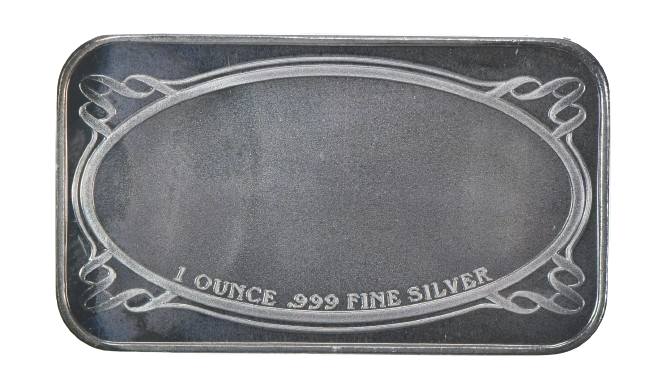It's been some time now since I've shared a #silvergoldstacker post, so there's no time like the present. Sometime last year I picked up this silver bar at my favorite jewelry shop in Long Beach, California but I really didn't know much about it. After some research I found out where it was produced and the year, but not much beyond that. It turns out the Class Q 4-6-2 steam engine was an important locomotive in the early days of the railroad in the US, Australia, New Zealand, the UK and around the globe. First off have a look at this silver work of art:


Mint: Golden State Mint
Year: 1988
Composition: 99.9% silver
Weight: One Troy ounce
It does have some oxidation and from what I found it originally came with a nice proof (mirror like) finish. I kind of like the vintage feel, but it still has a little of the shine left! Most importantly it is one Troy ounce of pure silver and I only paid spot for it when I picked it up, so I've already made some money because the price of silver has surged over the past month. It's also a nice work of art!

Class Q 4-6-2 Steam Locomotive

rrpicturearchives.net
I know very little about trains to be frank. I had to dive into Wikipedia to get a grasp on how this differed from other locomotives produced in the late 1800's and early 1900's. The first railroad to order this locomotive type was located in New Zealand, it was build in Philadelphia, Pennsylvania and shipped across the Pacific. Because of this it became known as the "Pacific" type steam engine locomotive.
The 4-6-2 refers to the wheel configuration on the locomotive. In the front it had two axles with 4 wheels, followed by three driving axles with six wheels and another axle in back with two wheels. The Pacific type locomotive became the primary express steam engine used throughout the early 1900's up to the 1940's when they were replaced by larger models or electric driven models. It became extremely popular and was used around the globe as the locomotive of choice for decades.
Previous models only had 2 driving axels with four wheels limiting the size of the boiler and firebox need to heat the steam. The four wheels up front provided extra stability over the older models. Almost every country with a railroad around the world were using this type of locomotive until the 1950's when they were replaced with the current type of locomotives we see today. I personally had no idea that these were still in use right up until the era of World War 2!
I hope you enjoyed my post today, I found the information really interesting. I also learned that I know very little about railroad history. I hope you all have a great Monday and Memorial Day for those of you in the US. If you have any questions or comments please feel free to leave them below. Thanks for stopping by and for all of your support, it's great appreciated!

References:
https://www.worthpoint.com/worthopedia/class-4-2-train-oz-silver-bar-1988-68743093
https://en.wikipedia.org/wiki/4-6-2

Disclaimer:
I'm not a financial advisor and this isn't financial advice, please always do your own research before spending your hard earned money.
Photos are mine unless otherwise noted.

If you are interested in precious metals or even want to learn more about them feel free to come join us #silvergoldstackers

I'm a proud member of The Alliance Family!

This is a newer project trying to help new Hive members grow and stay with us here on our platform, feel free to ask if you are interested


Posted Using InLeo Alpha





